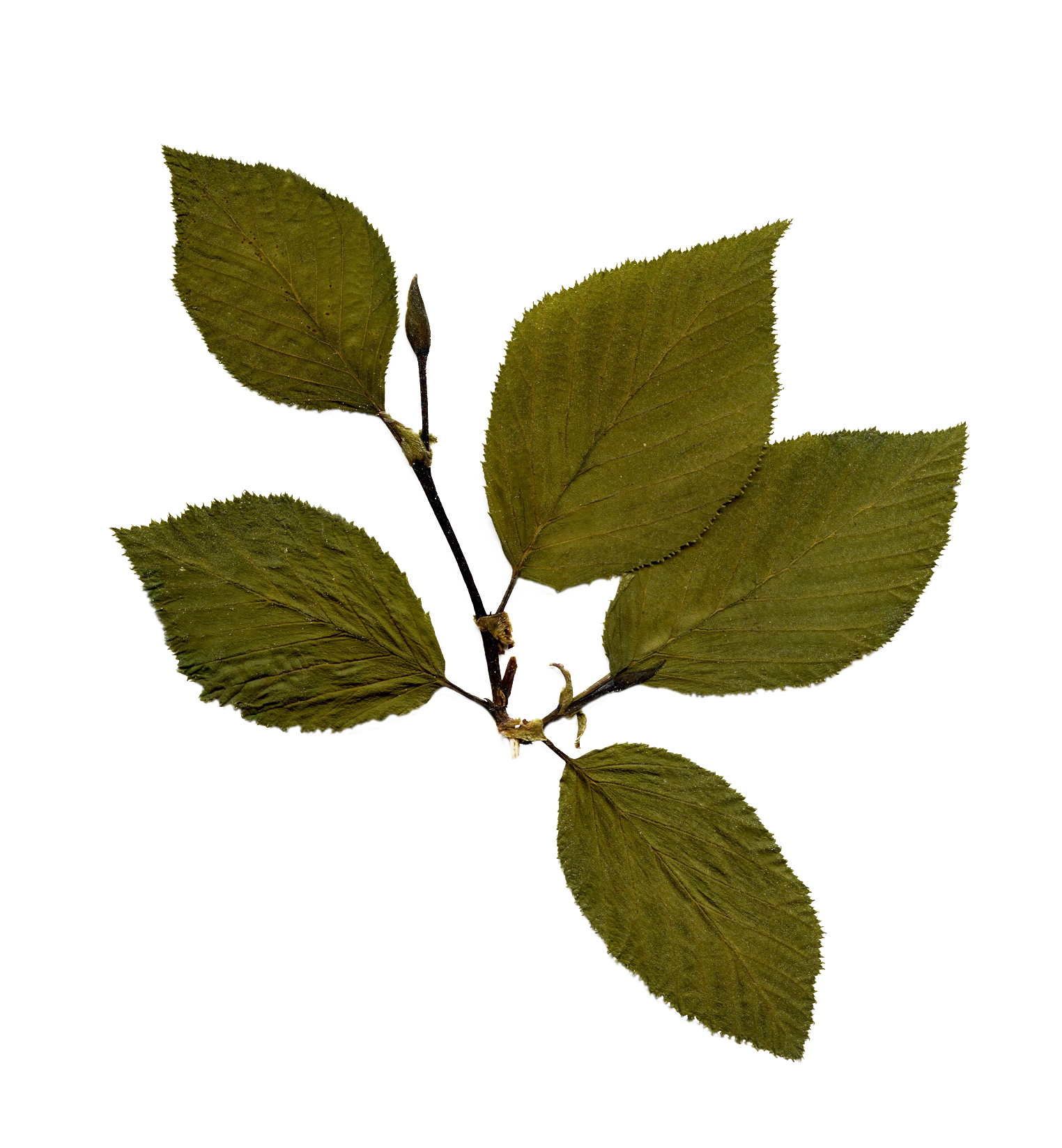The Silent Pandemic: Understanding Antibiotic Resistance
- Harry Foster-Merrill

- Sep 21
- 1 min read
When penicillin was first discovered in 1928, it transformed the future of medicine. Suddenly, infections that once killed millions became treatable. For nearly a century, antibiotics have been the invisible backbone of modern life—from surgery and childbirth to cancer treatment. But that foundation is now in jeopardy.
Antibiotic resistance occurs when bacteria evolve to survive the drugs designed to kill them. Misuse and overuse of antibiotics—in medicine, agriculture, and even aquaculture—accelerate this evolution. Each year, an estimated 1.27 million people die directly from drug-resistant infections, and that number could reach 10 million by 2050 if new solutions aren’t found.
Antibiotic resistance is not just a medical crisis—it’s an ecological one.
The same processes that foster resistance are shaped by the environments we create. Wastewater runoff, degraded soils, and agricultural pollution all contribute to the spread of resistant microbes. That’s why scientists are now looking back to nature for answers—to healthy, biodiverse ecosystems where microbial communities evolve in balance.
My research asks whether rewilded ecosystems—places where biodiversity is recovering—might hold the opposite effect: balanced microbial communities that generate new, beneficial compounds.
Exploring these landscapes isn’t just scientific curiosity; it’s an act of public health innovation. Understanding how nature maintains equilibrium could help us rediscover how to heal—sustainably, and in partnership with the living systems that created medicine in the first place.



Comments